Spectacular Summer Container Designs: Part 1
Get inspired to create your own summer containers by seeing what our experts came up with
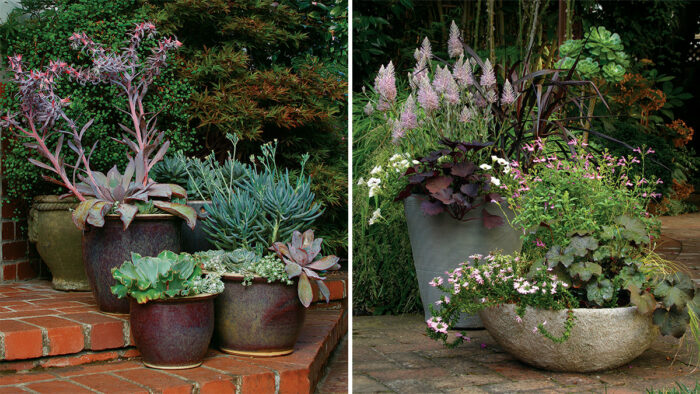
Summer is the season all gardeners await. The bright sun and warm weather signal the start of the showiest time of year, and nowhere is this excitement more evident than with container gardening. Garden stores are overflowing with plants and pots in every color, size, style, and shape. Whether you lean toward tropicals or are smitten by succulents, summer is the season to show off your talents. To get you started, we’ve assembled a few designs by Julie Chai of San Francisco and Riz Reyes of Seattle (for Riz’s designs, see part 2 of this article). We invite you to tap into their creativity—and to expand upon their tips—to make this your best container season yet.
A pot should suit its surroundings
Few sounds are as soothing as streaming water, and a container that accompanies it must also be gentle. Here, an upright blue-green agave and a variegated euphorbia mimic the fountain’s column, while a cascading sweet potato vine and a calibrachoa resemble spilling water.
- ‘Ray of Light’ variegated foxtail agave (Agave attenuata ‘Ray of Light’, USDA Hardiness Zones 9–11)
- ‘Tasmanian Tiger’ euphorbia (Euphorbia characias ‘Tasmanian Tiger’, Zones 7–10)
- ‘Sweet Caroline Light Green’ sweet potato vine (Ipomoea batatas ‘Sweet Caroline Light Green’, Zone 11)
- Superbells® Yellow Chiffon calibrachoa (Calibrachoa ‘USCALI4021’, annual)
Connect the dots
All planters need a focal point. Here, the wispy fountain grass does the trick without bullying its neighbors. What makes this planting even more interesting, however, is the way the golden plumes of the grass pick up on the yellow of the yarrow and zinnia while at the same time establish a connection with the soft leaves of the licorice plant.
- ‘Moonshine’ yarrow (Achillea ‘Moonshine’, Zones 3–8)
- Tsavo™ Yellow Ice creeping zinnia (Sanvitalia procumbens ‘Tsavo Yellow Ice’, annual)
- Red bunny tails fountain grass (Pennisetum messiacum, Zones 7–9)
- Licorice plant (Helichrysum petiolare, annual)
Quiet compositions for quiet spaces
The placement of containers can be as important as the plants themselves. The quiet colors of the compositions here are well suited to a seating area, but the exciting tapestry of textures ensures that the vignette is anything but boring.
- Echeverias (Echeveria spp., Zones 9–11)
- Agave (Agave attenuata sp., Zones 7–11)
- ‘Glacier Blue’ spurge (Euphorbia characias ‘Glacier Blue’, Zones 7–10)
- Creeping Jenny (Lysimachia nummularia*, Zones 4–8)
- Lambs’ ears (Stachys byzantina, Zones 4–8)
- ‘Silverdust’ dusty miller (Senecio cineraria ‘Silverdust’, annual)
Tip
Nothing is more frustrating than having one plant that requires more water than another in the same pot. In such a case, it’s nearly impossible to keep every plant happy and looking good, especially in the heat of summer. Read tags carefully, and select your plants based on their water and fertilizing needs as much as their looks.
Black is back
Black plants lend containers a sense of adventure, especially when the companion plants are light colored. But the placement of dark-leaved plants is critical. The black plants in these two containers create a zigzag effect, breaking up the mass of softer pink and purple plants while giving each of them a life of their own.
- ‘Platinum Wallaby’ mulla mulla (Ptilotus ‘Platinum Wallaby’, Zones 9–10)
- Vertigo® pearl millet (Pennisetum purpureum* ‘Tift 8’, Zones 8–11)
- Supertunia® White Russian petunia (Petunia ‘Kerivoryvein’, annual)
- ‘Sweet Caroline Bewitched’ sweet potato vine (Ipomoea batatas ‘Sweet Caroline Bewitched’, Zone 11)
- ‘Heatwave Glitter’ salvia (Salvia microphylla ‘Heatwave Glitter’, Zones 6–9)
- ‘Palace Purple’ heuchera (Heuchera micrantha ‘Palace Purple’, Zones 3–8)
- ‘Everillo’ sedge (Carex oshimensis ‘Everillo’, Zones 6–9)
- Fan flower (Scaevola aemula cv., annual)
Tip
Embrace dark-leaved plants with caution. Deep burgundy, black, or purple foliage works well to anchor a planting. But be careful: Too many black-hued plants can render a container dull and drab. Mix them with light-colored plants to diffuse the drama.
Balance flowers and foliage
The use of foliage is critical in containers where flowering plants have similar habits. The positioning of the sedge here separates the blousy lobelia and euphorbia, while the abundant silver leaves of a draping snow-in-summer completes the ensemble. The splash of blue, which breaks up the dominant silver-whites, adds a nice surprise.
- Breathless™ White euphorbia (Euphorbia hypericifolia ‘Balbrewite’, annual)
- Amazon Mist™ sedge (Carex comans ‘Amazon Mist’, Zones 7–9)
- Laguna™ Sky Blue lobelia (Lobelia erinus ‘Loboudtis’, annual)
- Snow-in-summer (Cerastium tomentosum, Zones 3–7)
Camouflage undesirable elements
What better way to detract from the legginess of a yellow conebush than to plant something bright colored in front of it? The kangaroo paw draws attention away from the bottom of the conebush while also picking up the color of its stems, allowing the conebush to show off its best feature: the leaves. A bright, compact, low-growing sedum finishes the planting with additional contrast.
- ‘Safari Goldstrike’ yellow conebush (Leucadendron ‘Safari Goldstrike’, Zones 9–11)
- Kangaroo paw (Anigozanthos sp., Zones 10–11)
- Lemon Coral™ sedum (Sedum rupestre ‘Lemon Coral’, Zones 7–11)
Consider all colors
This color combination of plants might, at first glance, appear incongruous, with the purple-pink angelonia conflicting somewhat with the gold-and-red calibrachoa. But upon closer inspection, all the plants work perfectly together. The fuchsia-purple of the angelonia complements the underside of the heuchera leaves, while the rest of the heuchera pulls in the golden colors of the calibrachoa and sedge to create a harmonious whole.
- Orange New Zealand sedge (Carex testacea, Zones 7–9)
- Archangel™ Raspberry angelonia (Angelonia angustifolia ‘Archangel Raspberry’, annual)
- Superbells® Apricot Punch calibrachoa (Calibrachoa ‘USCALI4138’, annual)
- ‘Kassandra’ heuchera (Heuchera ‘Kassandra’, Zones 4–9)
Tip
“Shade” is a broad term, so it’s important to know what type you have before planting or you may risk the health of the plant. The bright shade of an east-facing area offers more plant options than dappled- or deep-shade spaces. Study the area in which you want to plant, then purchase plants accordingly.
Show off the shapes of succulents
The rosettes of the two blue-pink echeverias alone would have looked elegant atop a simple aqua container, but the addition of the long, darker green string of bananas adds a touch of contrast, bringing out the best of both plants’ shapes.
- ‘Perle Von Nurnberg’ echeveria (Echeveria ‘Perle von Nurnberg’, Zones 9–11)
- ‘Lady Aquarius’ echeveria (Echeveria ‘Lady Aquarius’, Zones 9–11)
- String of bananas (Senecio radicans, Zones 8–10)
Brighten a shady space
Chartreuse leaves and variegated foliage are go-to elements for brightening a shady area, but the selection of a flax lily and a lime-hued sedge proves that not any old shape will do. The juxtaposition of pointy leaves, mounding blades, and the dangling, earring-like blossoms of the flowering maple transform this simple shade buster into a container with a sunny disposition.
- Variegated flax lily (Dianella tasmanica ‘Variegata’, Zones 8–11)
- ‘Everillo’ sedge (Carex oshimensis ‘Everillo’, Zones 6–9)
- Lucky Lantern® Tangerine flowering maple (Abutilon ‘NUABTANG’, Zones 8–11)
Tip
Incorporate one traditional plant into a container that features uncommon plants. You’ll be surprised at how a tried-and-true plant can take on a whole new look when paired with something unusual. Try it: You’ll never look at that old geranium or ornamental grass the same way again.
Pair plants with pots
A creative ensemble of silver, blue, and purple succulents in harmonious ceramic pots produces a front-door scene with style. While almost any array of drought-tolerant plants would be appealing, this grouping steps up the artistry by pairing pots and plants that bring out the best of one another’s colors.
- ‘Afterglow’ echeveria (Echeveria ‘Afterglow’, Zones 9–11)
- Blue chalk sticks (Senecio mandraliscae, Zones 10–11)
- Echeveria (Echeveria cv., Zones 9–11)
- ‘Cape Blanco’ sedum (Sedum spathulifolium ‘Cape Blanco’, Zones 5–9)
*These plants are considered invasive in some areas. Please check invasiveplantatlas.org or your state’s list of invasive plants for more information.
Photos: Lynn Felici-Gallant
Illustrations: Elara Tanguy
Fine Gardening Recommended Products
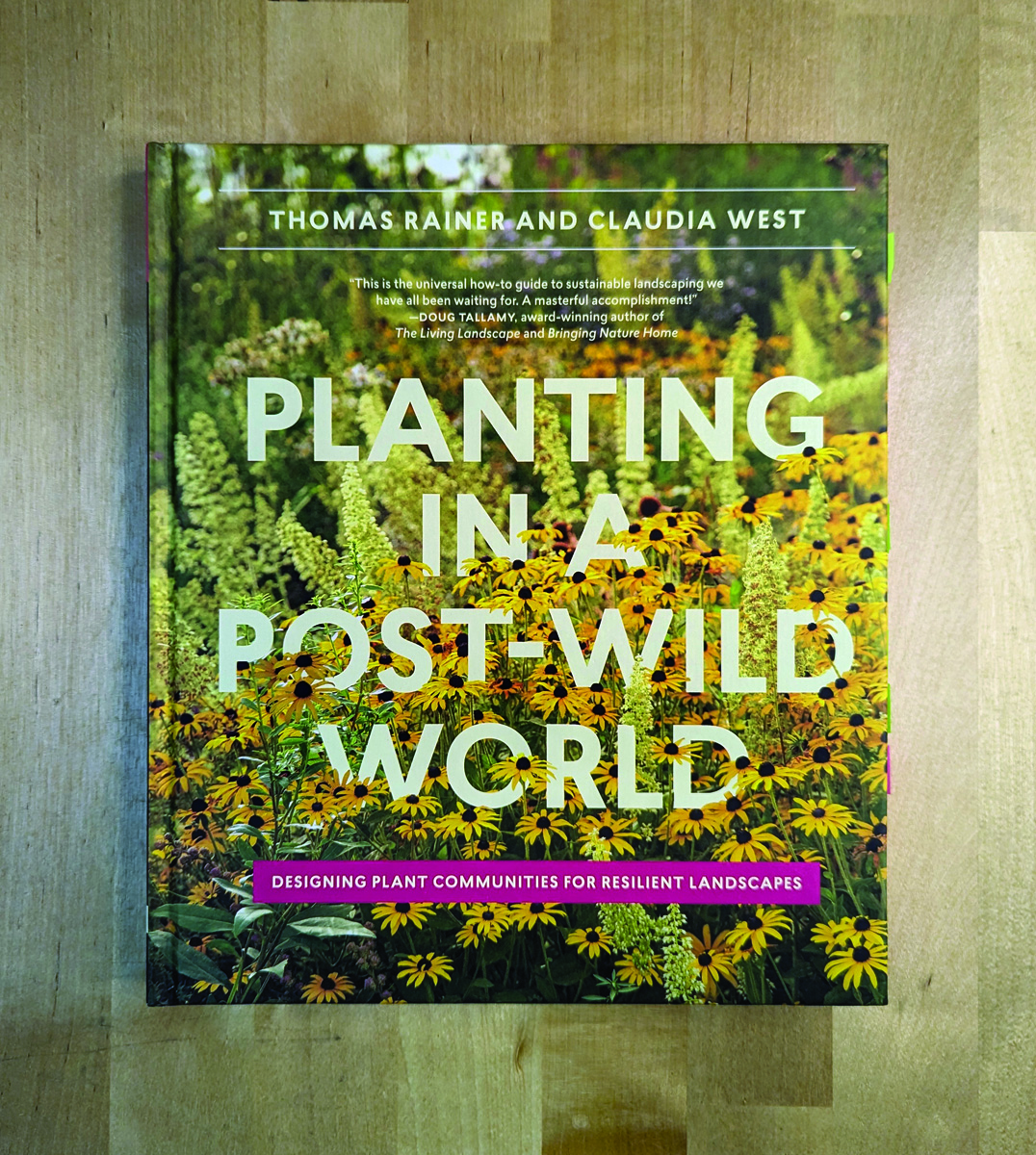
Planting in a Post-Wild World: Designing Plant Communities for Resilient Landscapes
Fine Gardening receives a commission for items purchased through links on this site, including Amazon Associates and other affiliate advertising programs.
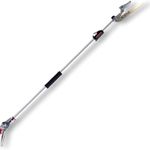
ARS Telescoping Long Reach Pruner
Fine Gardening receives a commission for items purchased through links on this site, including Amazon Associates and other affiliate advertising programs.
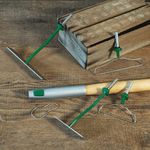
Johnny’s Selected Seeds Connecta® Cultivation Kit
Fine Gardening receives a commission for items purchased through links on this site, including Amazon Associates and other affiliate advertising programs.



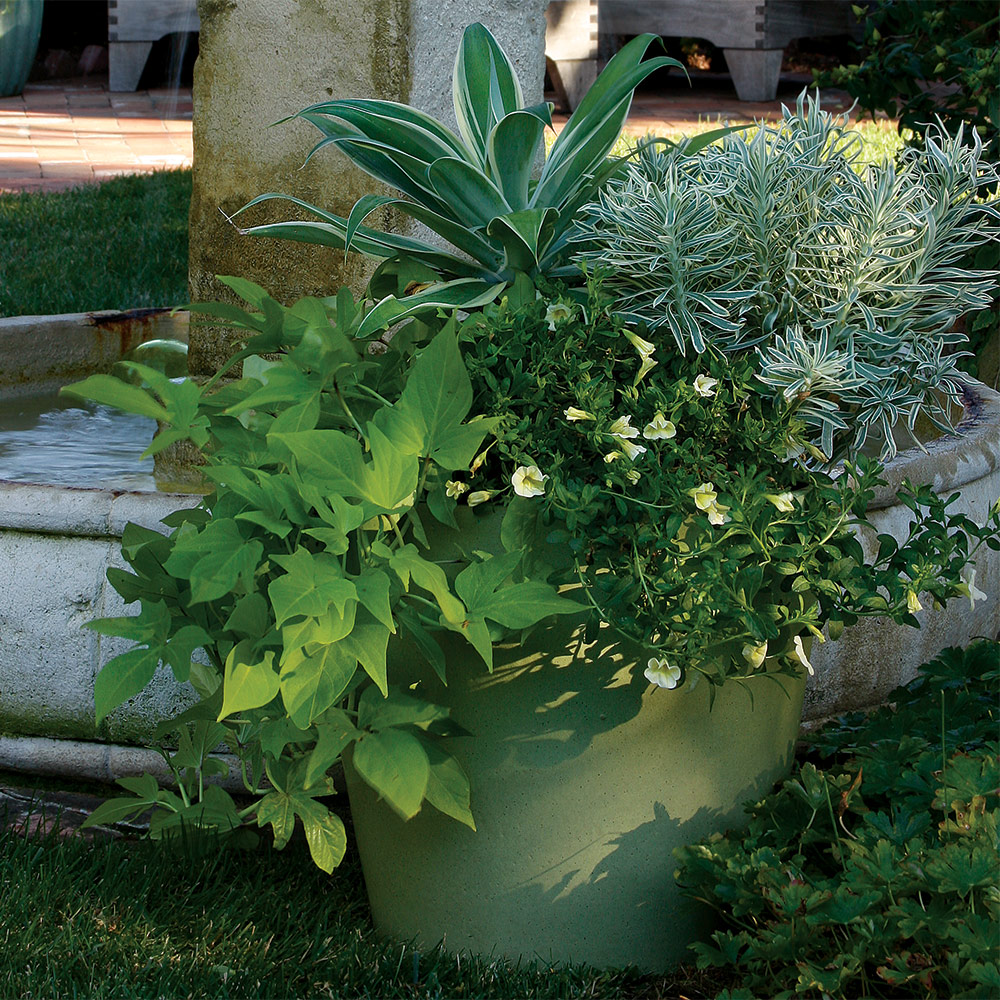
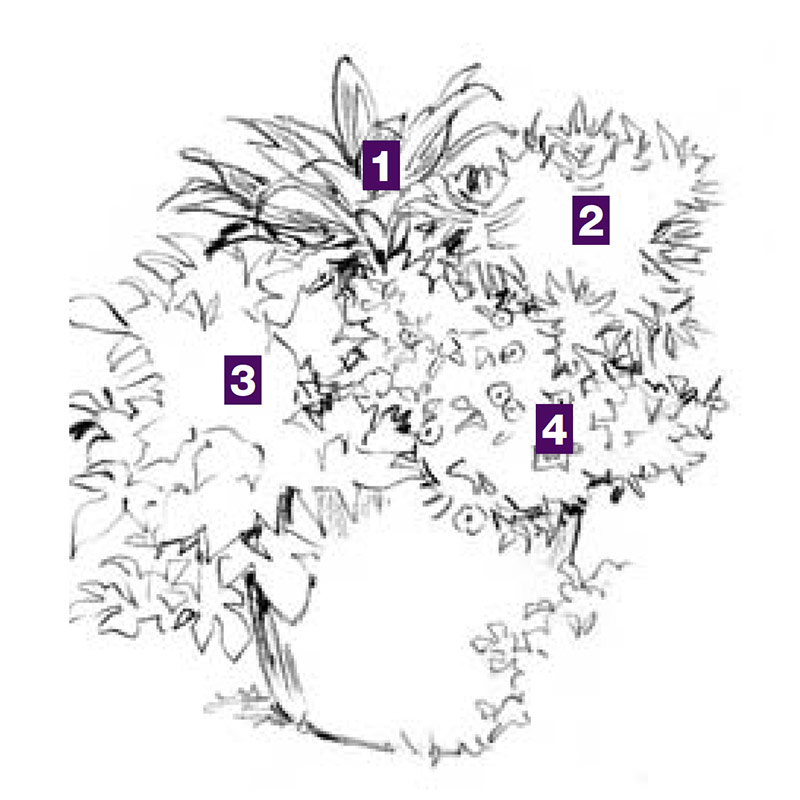


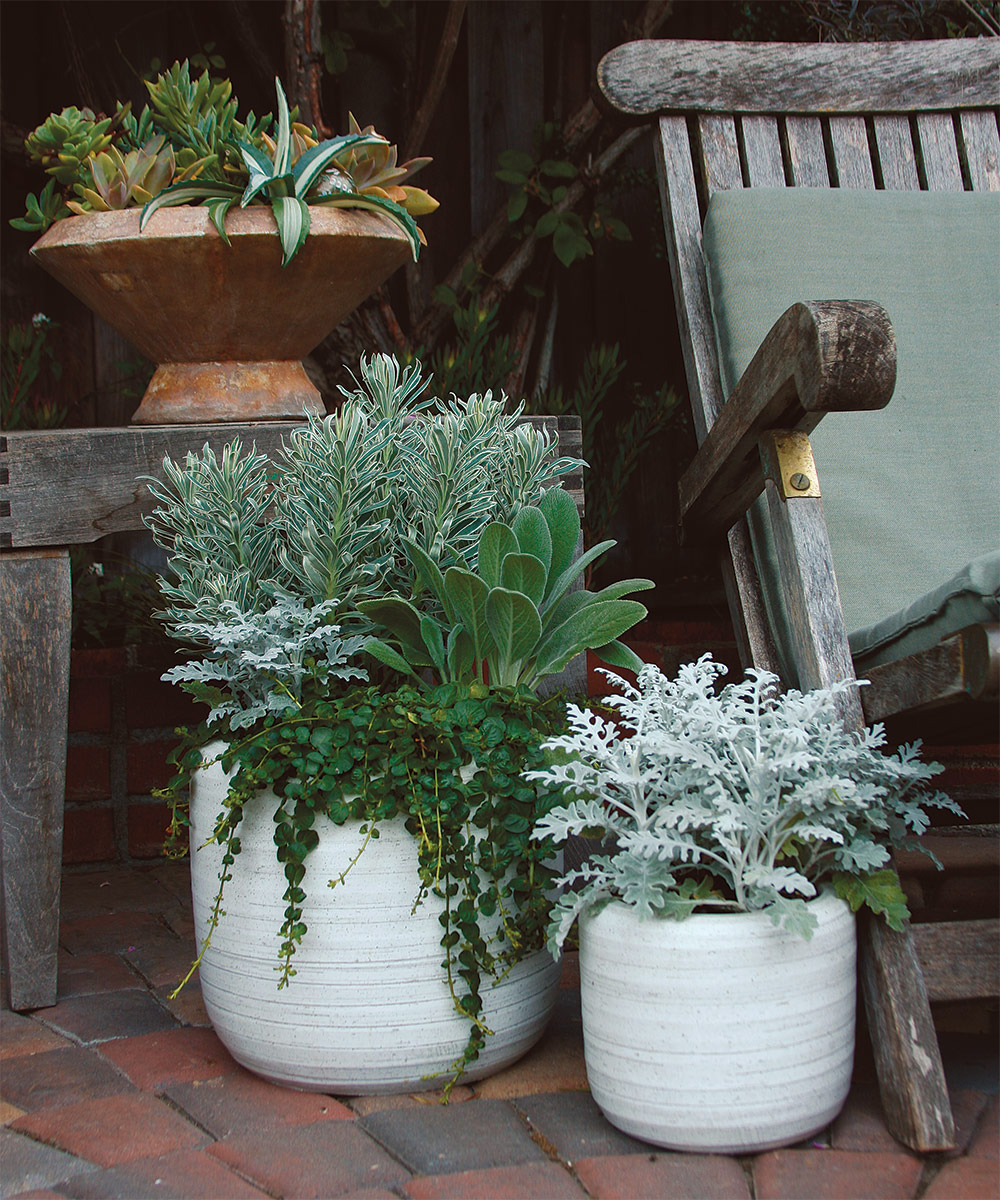
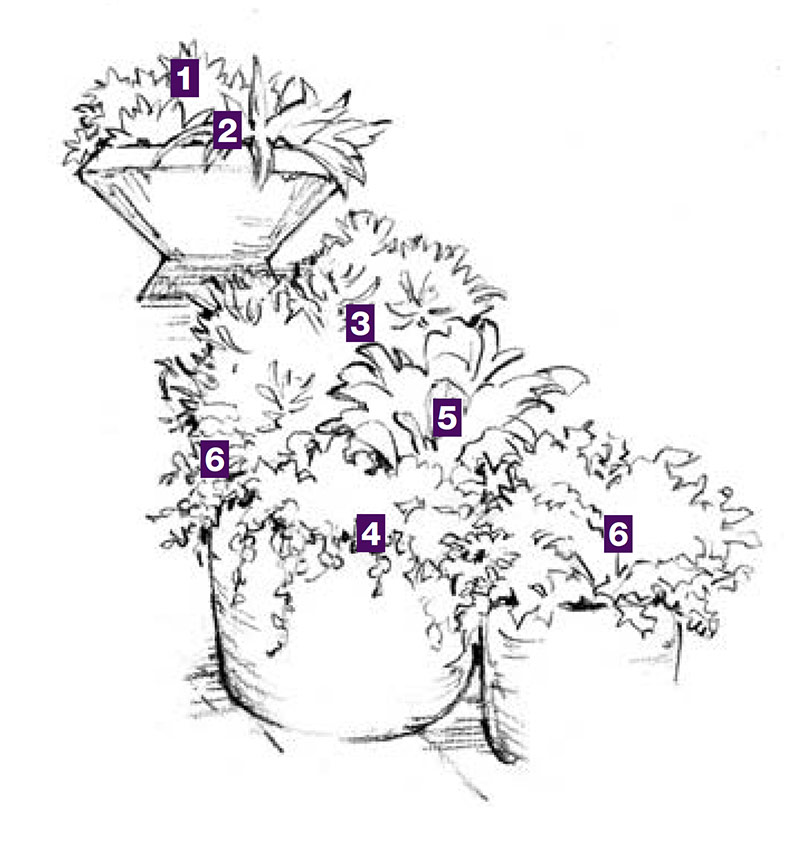
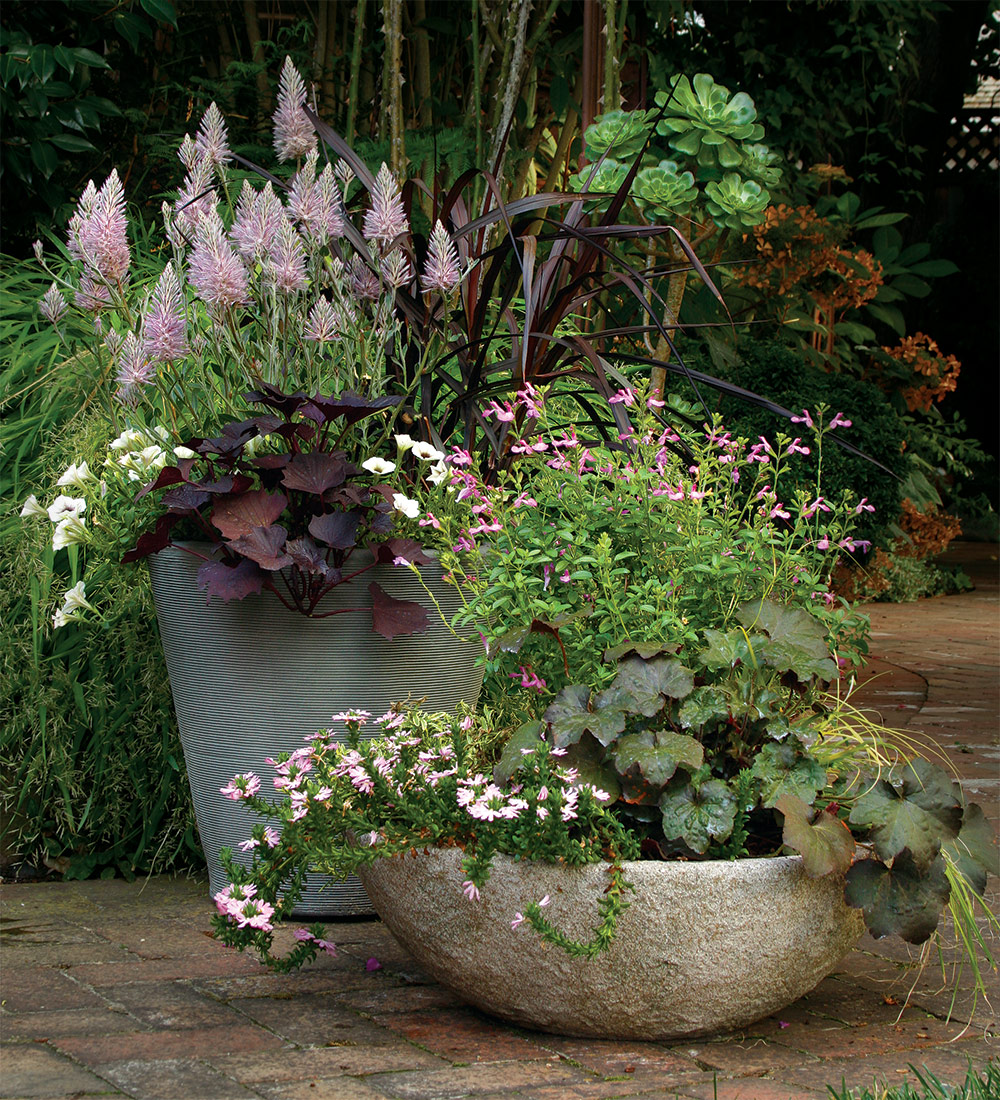
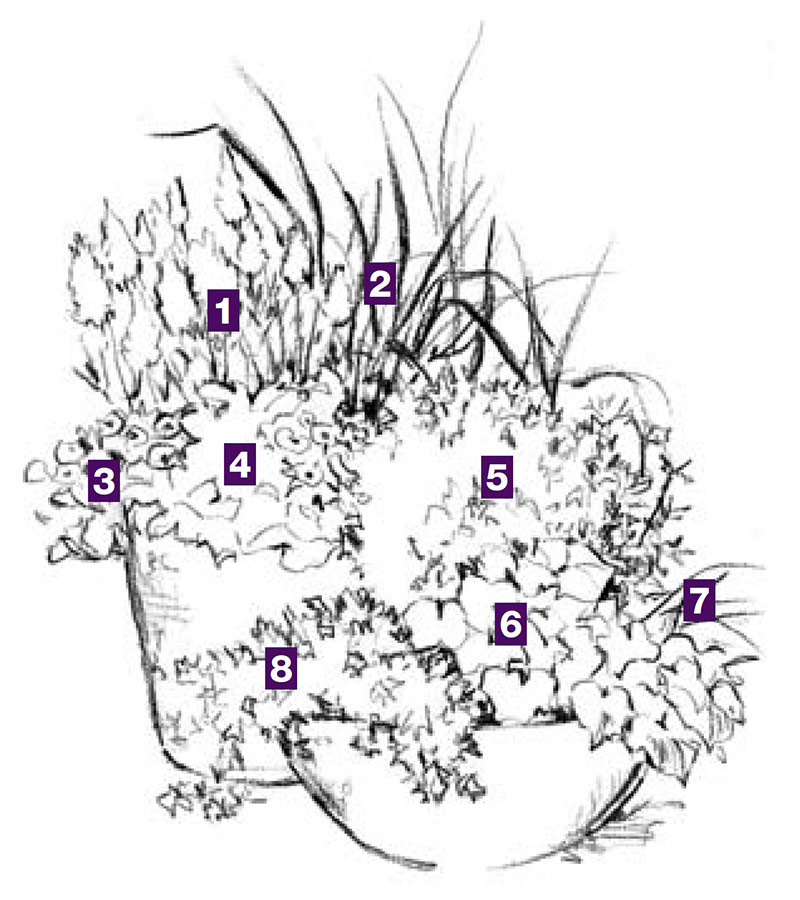
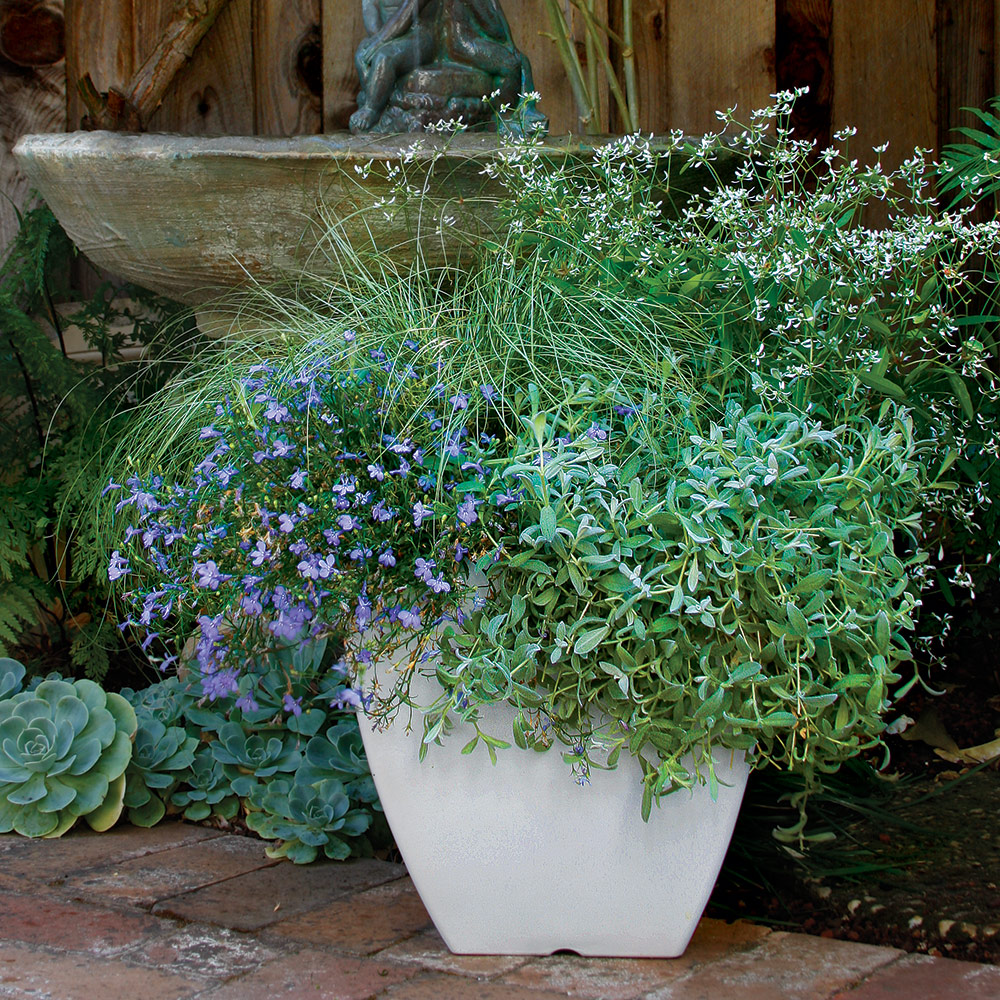
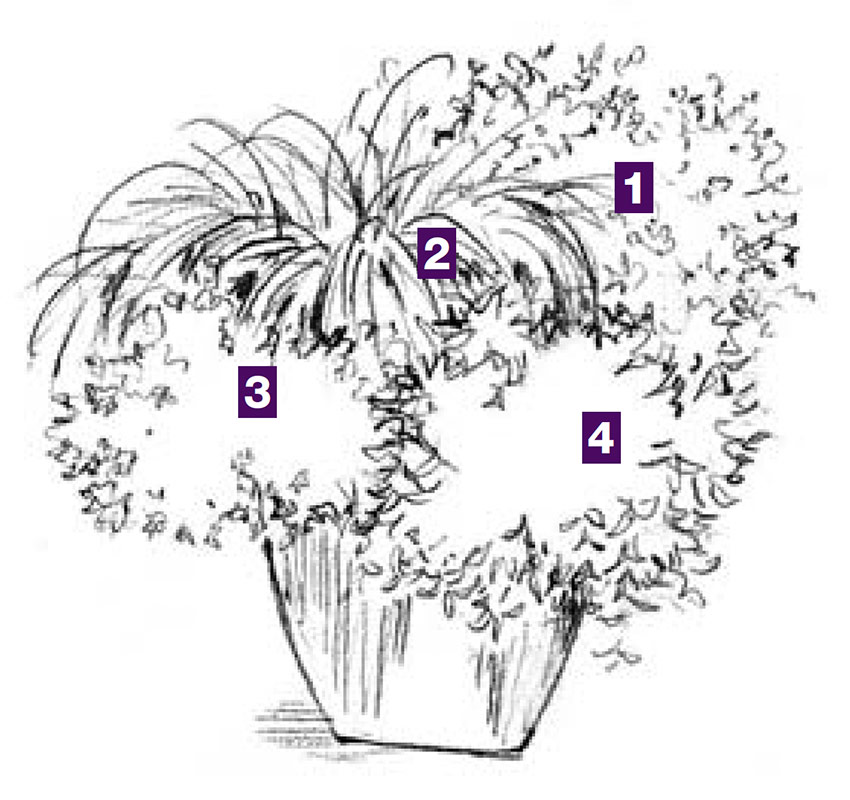
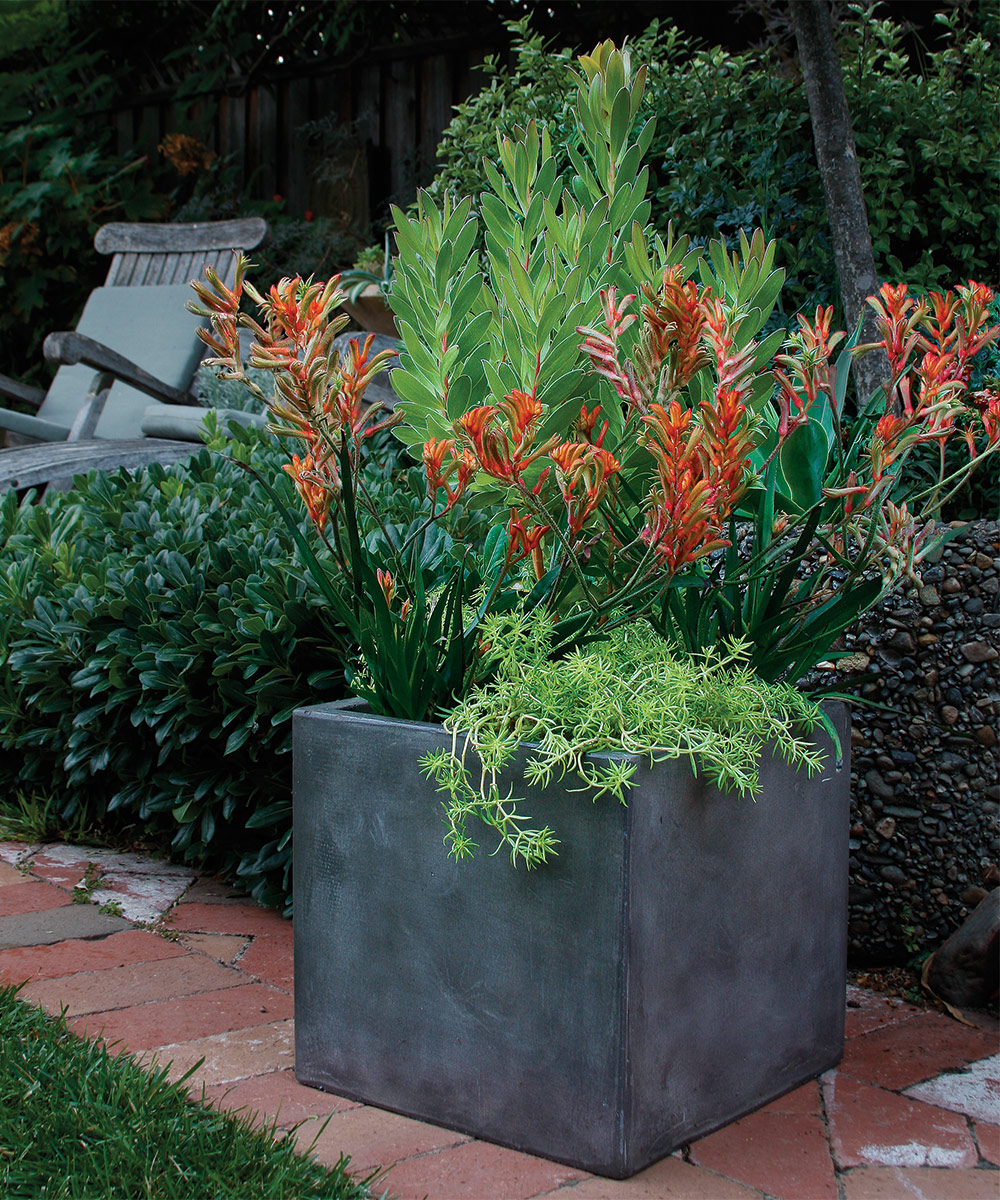
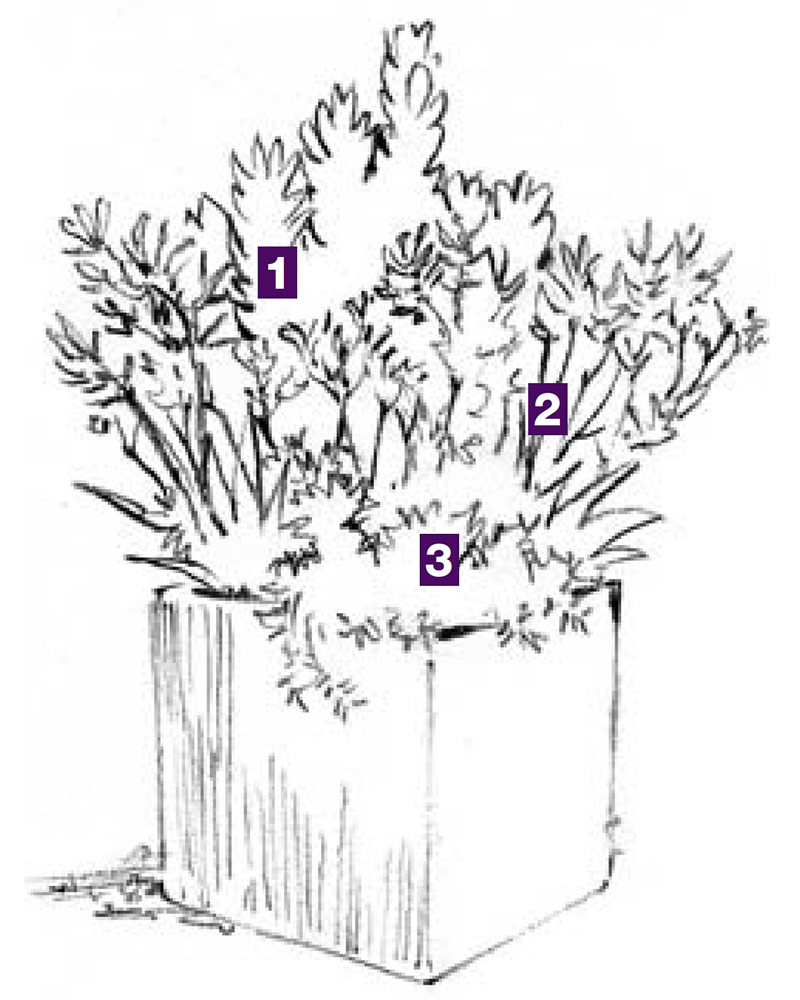
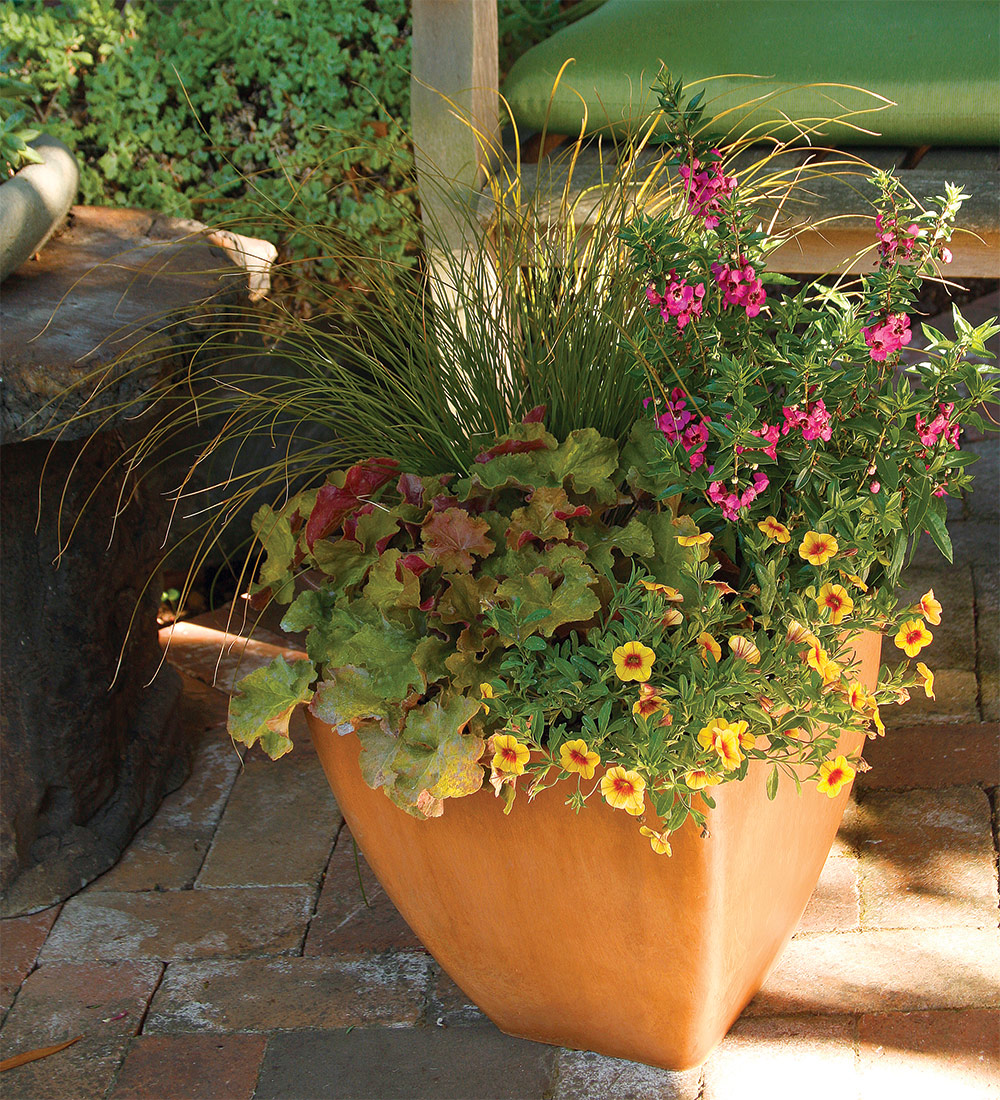
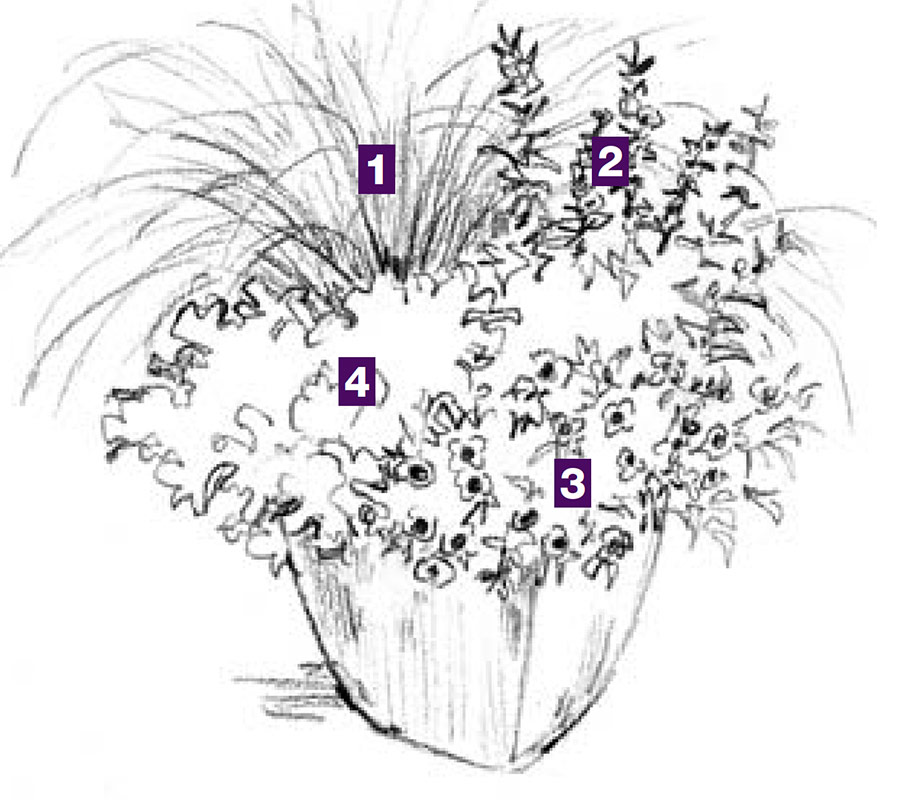
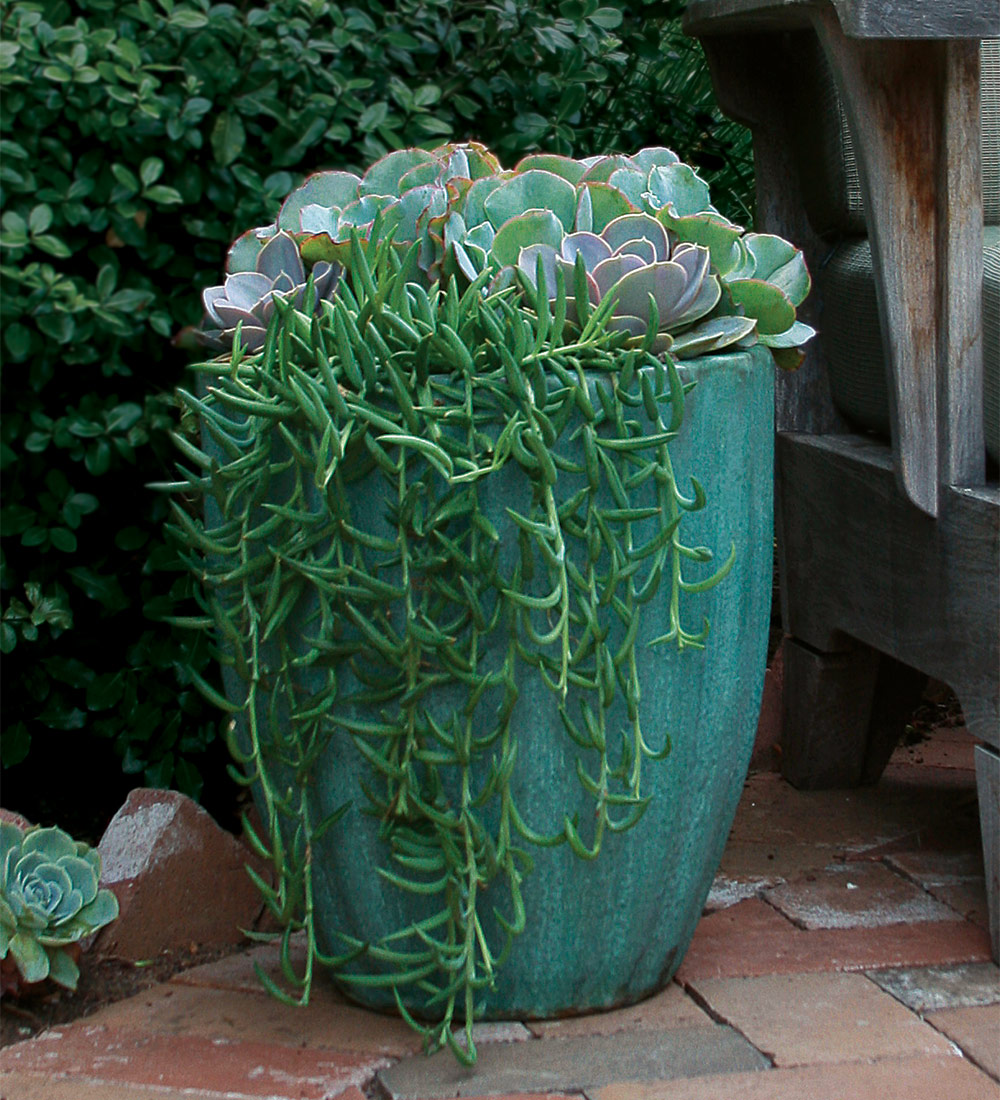
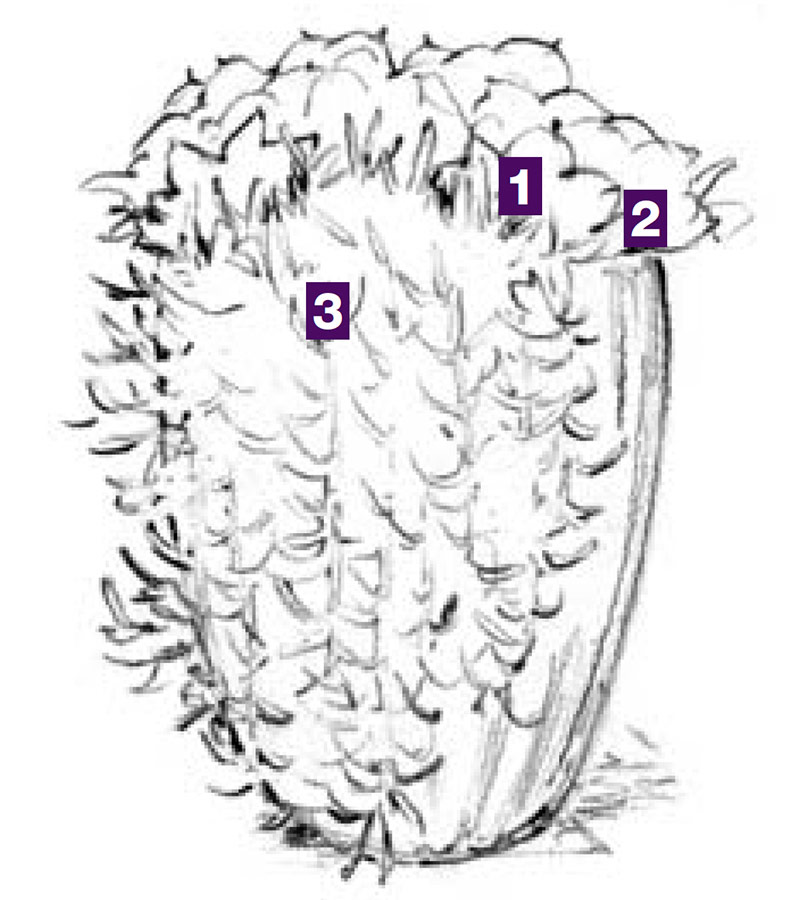
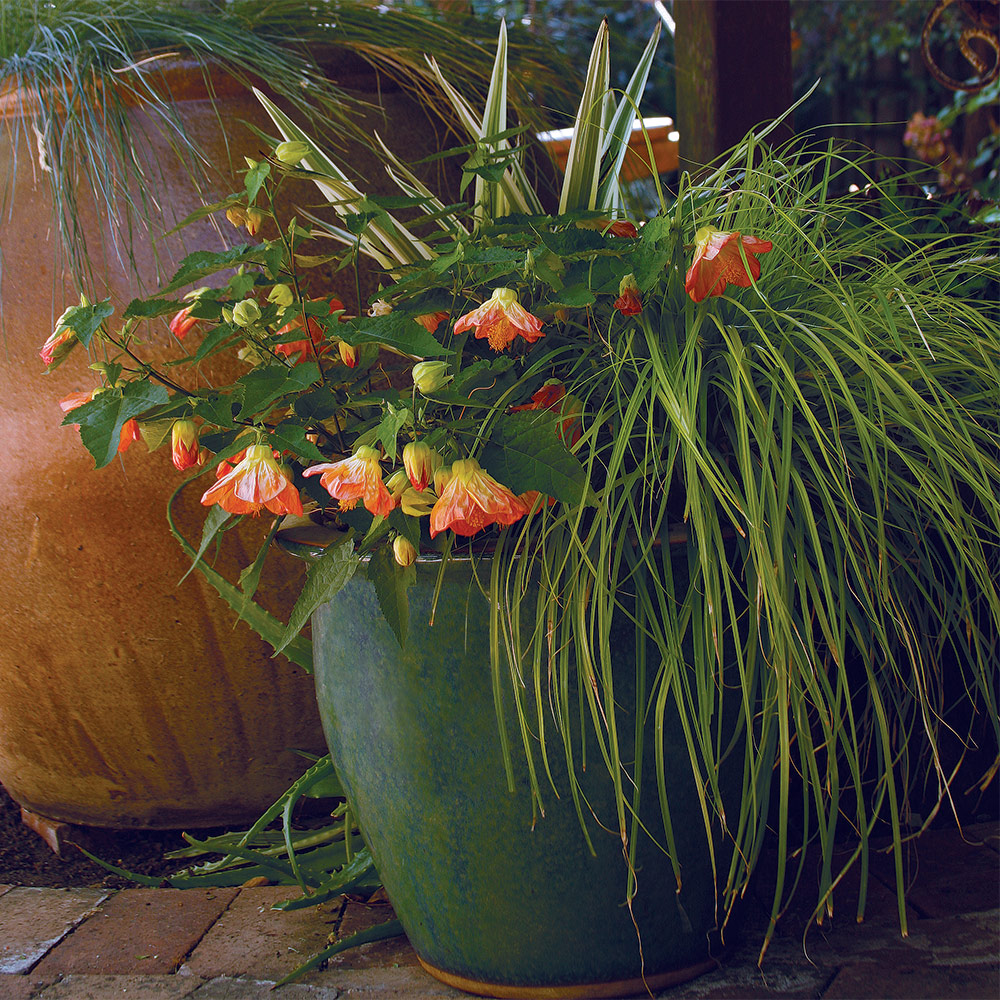

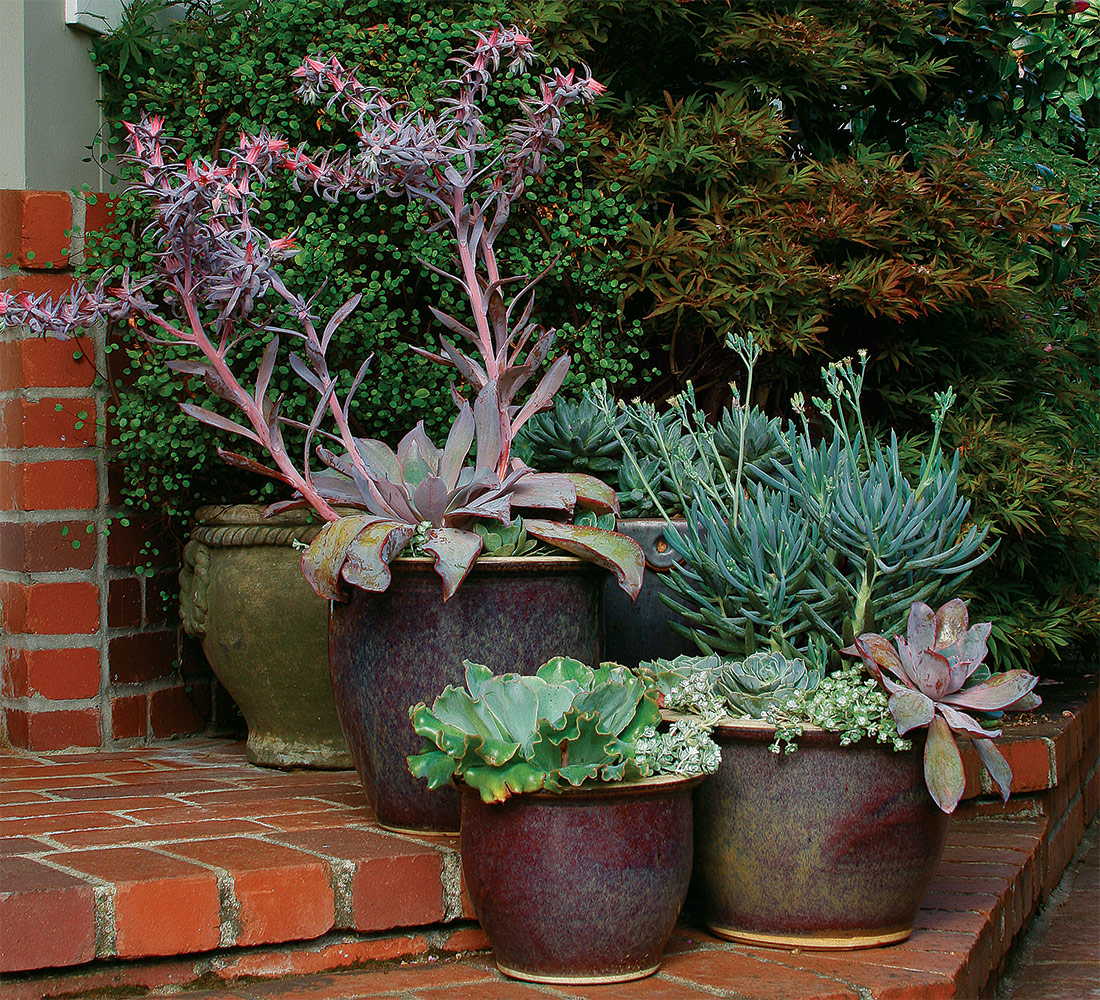
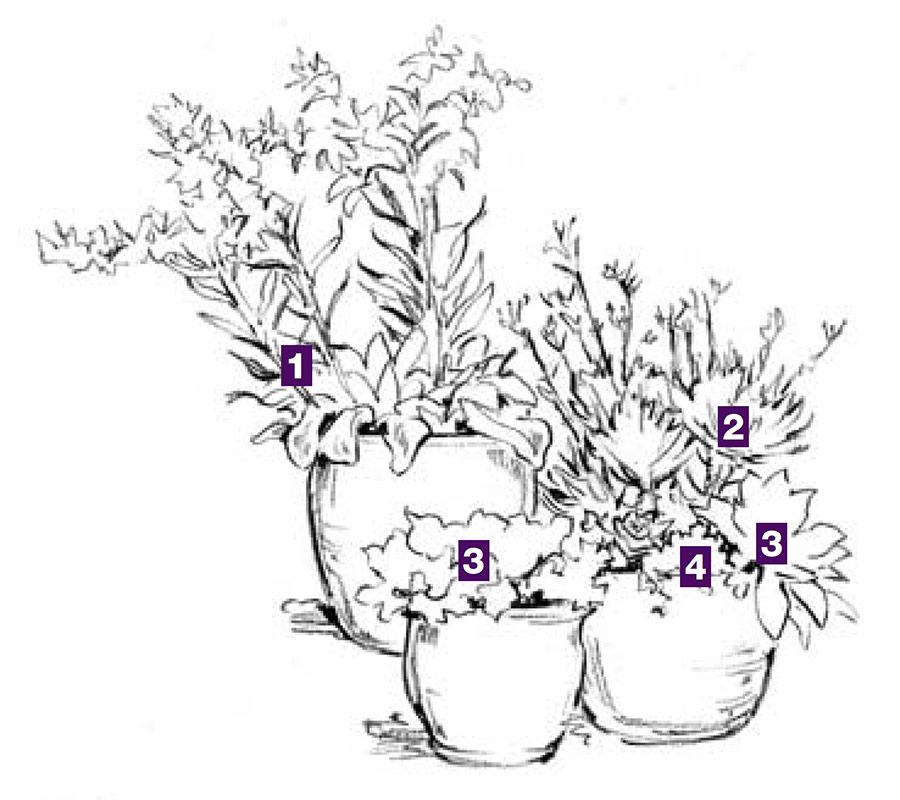




Comments
Log in or create an account to post a comment.
Sign up Log in